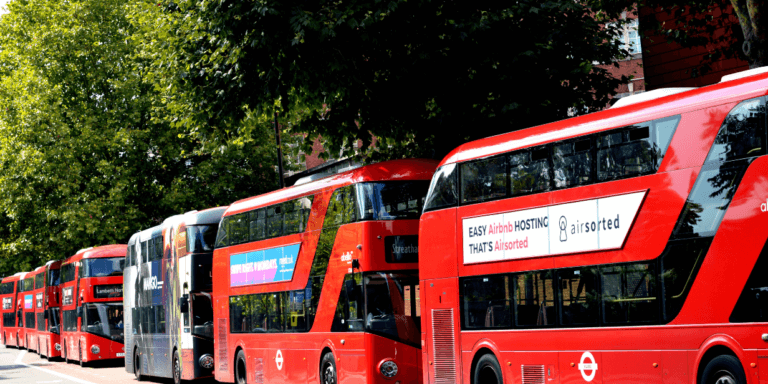ANPR or Automatic Number Plate Recognition is a technology that reads and understands license plates on vehicles. It’s used in many ways, from keeping things secure to helping with traffic. However, not everyone may be familiar with what ANPR technology really is and why it’s essential in modern-day society. It’s all around us, quietly doing its job.
If you would like to understand the basics of ANPR technology and how it works, we’ll break it down for you. It’s not as complicated as it might seem, and you’ll see why it matters in our daily lives.
What is Automatic Number Plate Recognition, exactly?
ANPR, or Automatic Number Plate Recognition, is like a smart system for reading license plates. Imagine a busy parking lot with special cameras taking pictures of cars. ANPR makes these cameras extra clever. It helps them look closely at the license plates on those cars and understand the numbers and letters.
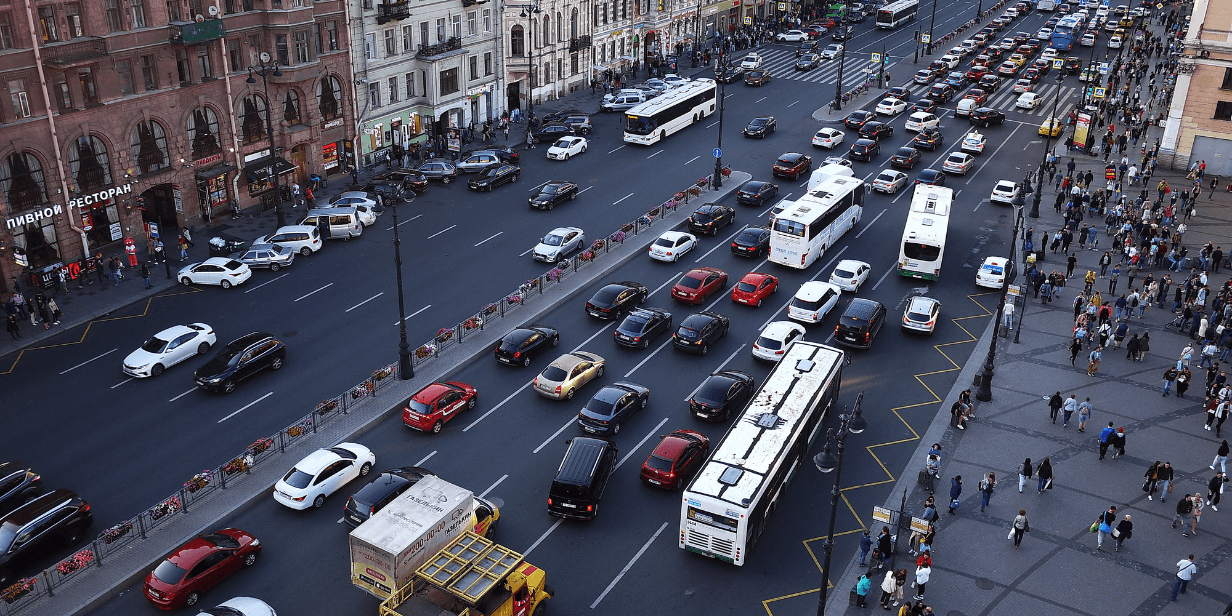
Cars on the streets. Source: Canva
Think of ANPR as a digital detective that never gets tired. Just like a detective examines clues, ANPR examines license plates. It’s much faster and more precise than a person looking at plates. It doesn’t care how fast the cars are going or if it’s sunny or rainy. ANPR keeps working, no matter what. It’s like having a super-speedy and super-accurate companion who’s always there to decode license plates for you.
What does ANPR mean?
In ANPR, A Is For Automatic. The “automatic” or sometimes “automated” part of ANPR describes the action that technology is making better and better. ANPR cameras process, grab images, identify the number plates, and automatically translate the information into data at breakneck speed.
In ANPR, NP Is For Number Plate. NP stands for Number Plate—the common British term for a vehicle registration plate. These metal or plastic plates vary by the region in which they were registered. In the States, they’re called vehicle license plates. In Canada, they’re referred to as licence plates. Every powered vehicle, from motorcycles to RVs and even trailers, has its own registration plate for easy identification on the roads.
In ANPR, R Is For Recognition. Recognition means the technology can pick out, read, and recognize the number plate information from the rest of the image before translating it to usable, shareable data. How well a particular ANPR solution recognizes and translates plate data is reflected in its reported accuracy rates. Many factors can impact recognition: time of day, angle of capture, camera quality, weather, speed of a vehicle, and competing images (like stickers), to name a few. More advanced solutions use AI engines where the system learns to overcome these environmental challenges and increases accuracy rates to well over 95%.
How does ANPR Work?
Imagine a network of specialized cameras placed strategically in locations like parking lots and along roadways. These are ANPR cameras, equipped with unique capabilities. Their primary task is to capture images of passing vehicles, with a particular focus on their license plates.
Inside each ANPR camera, there’s a small computer working behind the scenes. This computer processes the live camera feed and sends it to the ANPR software. This software is like the brain of the operation, performing a remarkable feat. It converts the image of the license plate into readable text, extracting the alphanumeric characters from it.
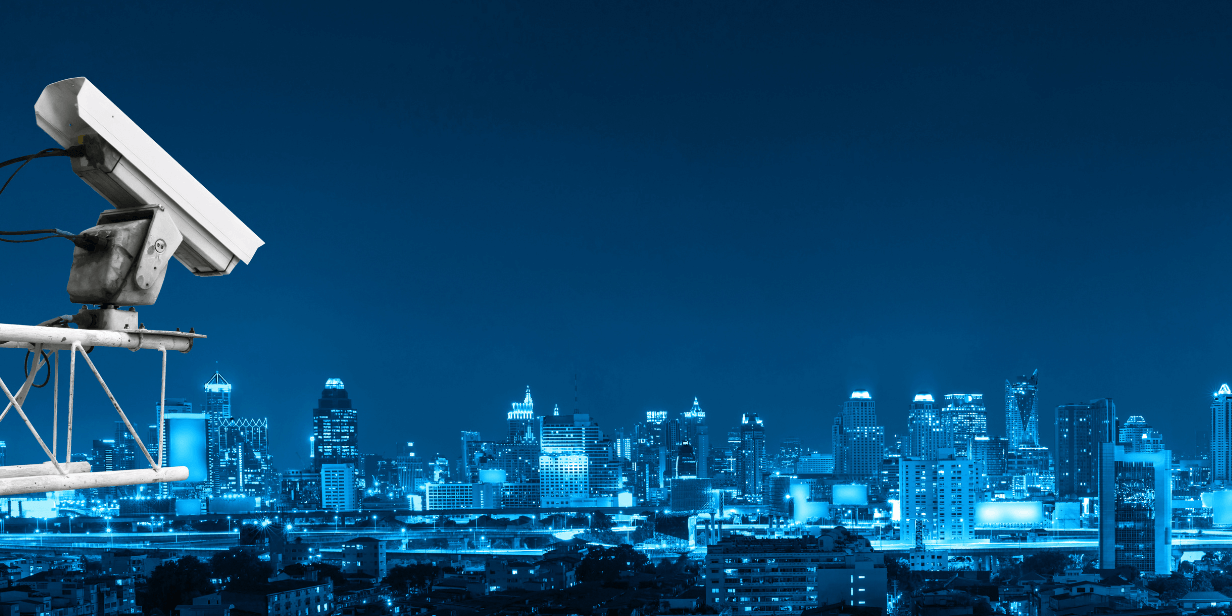
Security camera detects movement from below. Source: Canva
Now, consider this text as valuable information. The ANPR software checks it against a database, seeking matches with known data, such as the license plates of stolen vehicles or those of interest to law enforcement. When a match is found, the system can trigger alerts, informing authorities of the situation. ANPR technology, with its combination of specialized hardware and software, plays a critical role in various applications, from security and crime prevention to parking management, making our daily lives more efficient and secure.
So, is ANPR a camera? Software? System? Or Something Else?
ANPR can be used to describe any and all of the above. It’s a comprehensive system that involves both hardware and software working together. It includes specialized cameras, referred to as ANPR cameras.
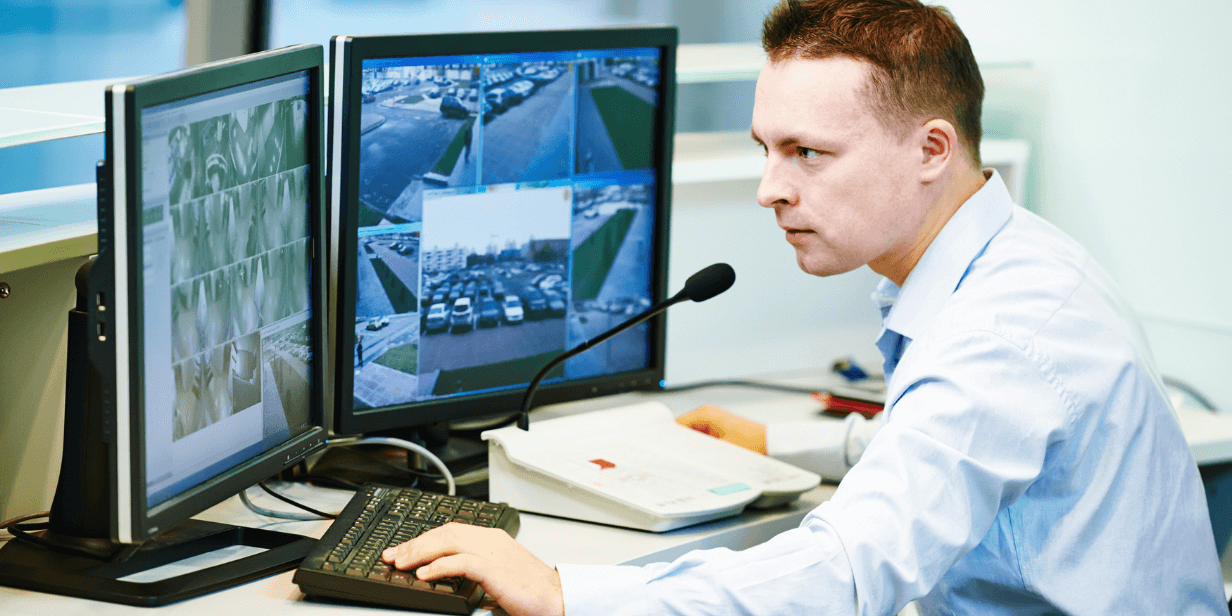
Security personnel monitoring camera streams. Source: Canva
However, ANPR is not just a camera. It’s the entire system encompassing the cameras, the software, and the underlying technology. The software processes the images captured by the cameras, recognizes the license plate characters, and interfaces with databases for various applications, such as security, traffic management, and law enforcement. So, ANPR is a complete technology system, comprising both hardware and software components, working in harmony to read and understand license plates. Some of the best ANPR solutions even use any IP camera.
Does ANPR work with still images or video?
ANPR technology can work with both still images and video footage, depending on the specific application and system setup. ANPR cameras can capture either individual still images or continuous video streams.
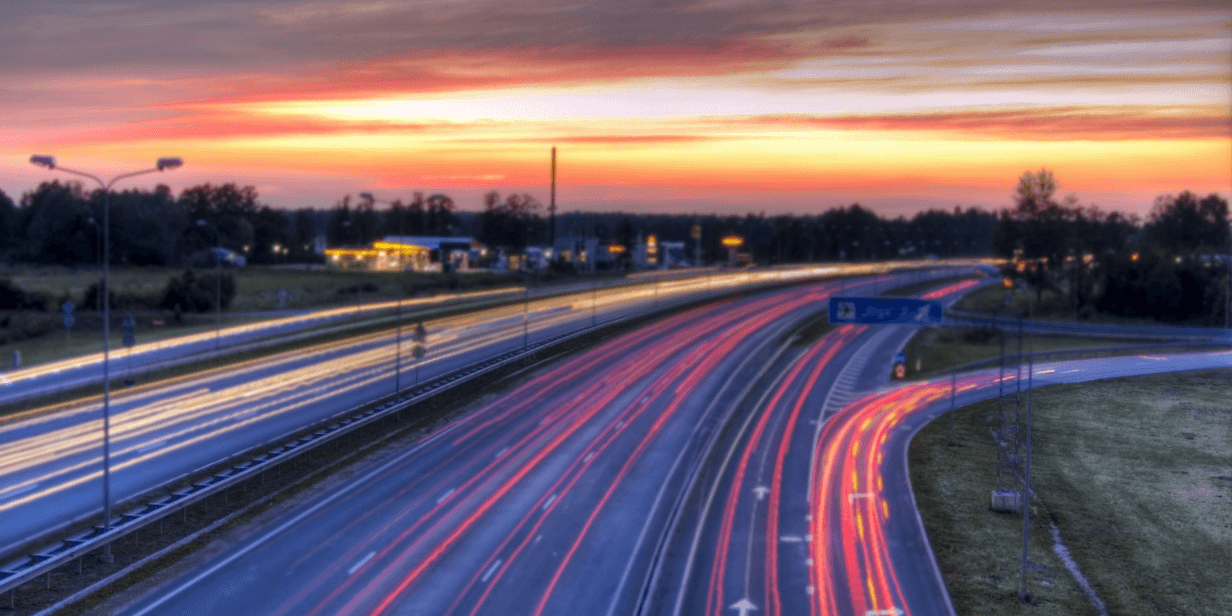
Highway with fast-moving vehicles. Source: Canva
In the case of still images, ANPR cameras take snapshots of vehicles as they pass by, and the ANPR software processes these images to recognize license plates. This approach is commonly used in situations where vehicles are stationary, such as in parking lots or at entry points.
On the other hand, ANPR can also operate with video footage. In this scenario, the cameras continuously record video, and the software analyzes the video frames to identify and track license plates in real time. This real-time video analysis is often employed in traffic monitoring, law enforcement, and security applications, where vehicles are in motion.
So, ANPR is flexible and adaptable, capable of working with both still images and video, depending on the specific requirements of the application.
How fast does ANPR capture number plate information?
ANPR is exceptionally fast at capturing number plate information. The speed at which it operates is a significant advantage. ANPR cameras can capture and process license plate information in a matter of milliseconds.
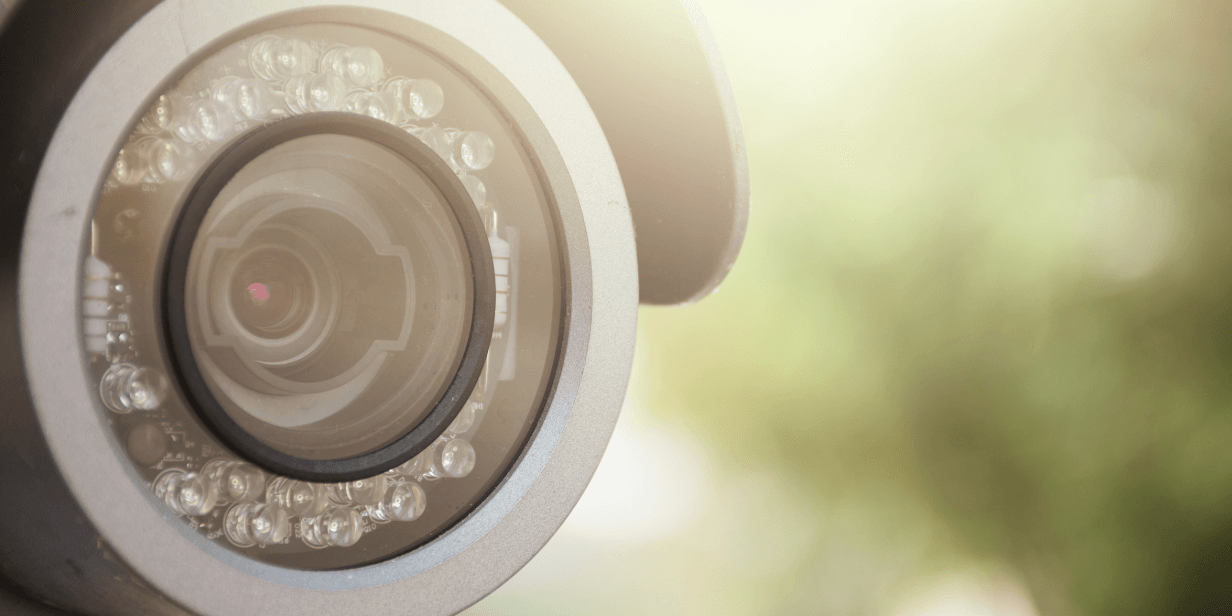
Close-up of an outdoor CCTV Camera. Source: Canva
This rapid speed is essential, especially in situations where vehicles are moving quickly, such as on highways or at toll booths. The technology can read license plates even as vehicles pass by at high speeds, ensuring accurate and timely data collection.
The ability to capture number plate information swiftly is a key feature that makes ANPR valuable for various applications. However, the exact speed varies by vendor, type of unit, and attached processing computer. When evaluating choices, ask specific questions to ensure that you compare apples to apples.
Is ANPR the Same As ALPR?
Yes, ANPR and ALPR refer to the same technology, with the terminology differing based on the regional variations of English. ANPR (Automatic Number Plate Recognition) is the more widely used acronym in British English-speaking regions, while ALPR (Automatic License Plate Recognition) is prevalent in American English-speaking areas.

Street cameras actively scanner cars. Source: Canva
However, it’s essential to note that regardless of the terminology used, the underlying technology and functionality remain consistent, ensuring effective license plate recognition regardless of whether vehicles drive on the right or left side of the road.
What is an example of ANPR technology?
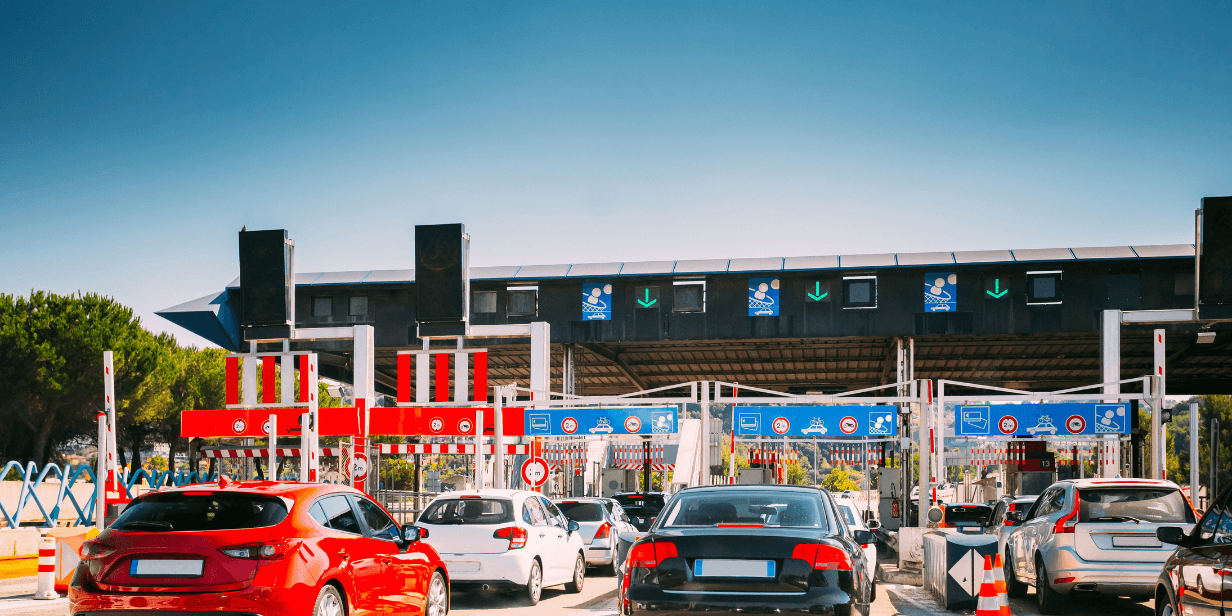
Cars passing through a toll station. Source: Canva
One common example of ANPR technology is its use in toll collection systems. When vehicles pass through toll booths on highways or bridges, ANPR cameras capture images of their license plates. The ANPR software then quickly recognizes the plate numbers and associates them with the corresponding toll accounts. This allows for automated and efficient toll collection, reducing the need for manual transactions and minimizing traffic congestion at toll booths. ANPR technology in toll collection not only streamlines the process but also enhances accuracy and security in managing toll-related transactions.
What is the use case of ANPR?
Other than the use of ANPR technology in toll collection, it’s also widely employed in law enforcement for various purposes. Additionally, ANPR finds applications in parking management systems, where it automates access control and payment processing in parking lots and garages, making parking operations more efficient and convenient for users. Here’s a breakdown of its other uses:
ANPR Data Secures & Optimizes Vehicular Engagements
Now that ANPR data can be counted on for virtually immediate results with 95%+ accuracy, the opportunities for usage have exploded. Forward-thinking organizations are looking to ANPR to help stretch budgets by securing larger areas without needing additional personnel. Other unexpected departments thinking about customer experience rely on it to reduce friction through automation.
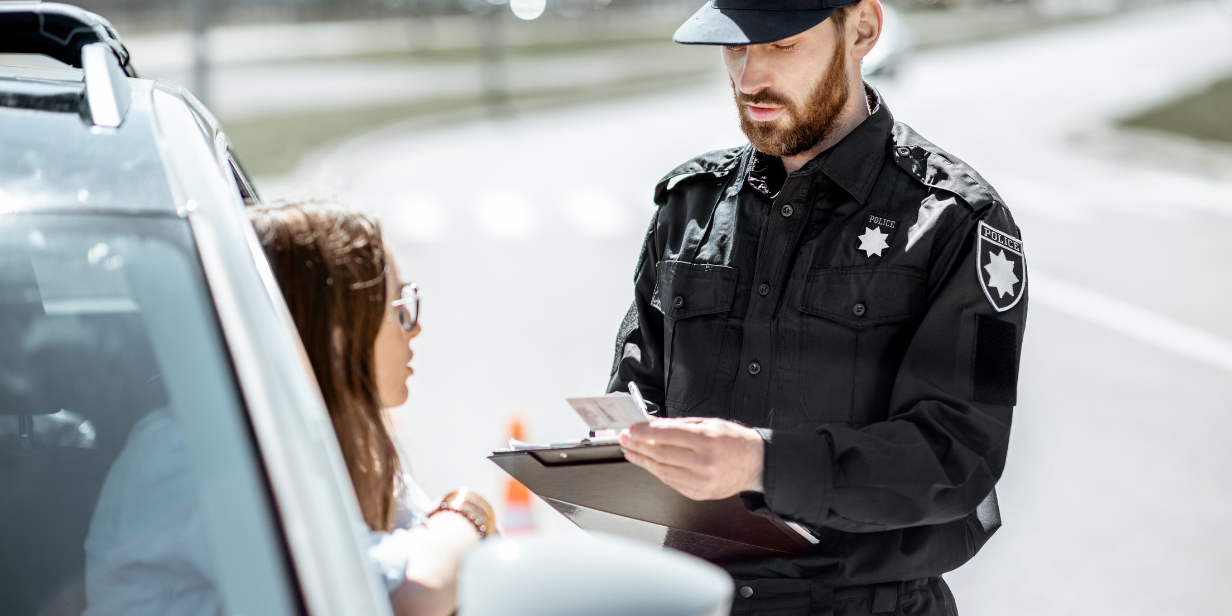
A policeman talking to a woman driver. Source: Canva
How ANPR Help Law Enforcement?
ANPR was first developed as a law enforcement tool. While cameras could take photos of vehicles at intersections, they couldn’t easily translate that information into data before the advent of ANPR.
1) Identifying & Automatically Ticketing Vehicles That Break Traffic Laws
ANPR helps law enforcement officials every day. At traffic stops, it can automatically run number plates on the car and report back any red flags. It can automatically identify vehicles that run red lights or speed through intersections. Because the crime is caught on camera, some communities allow tickets to be automatically generated and mailed to offenders.
2) Monitoring Areas For Stolen, Suspicious, Or Otherwise Targeted Vehicles
Cameras with ANPR technology can monitor designed areas 24/7 for stolen, suspicious or otherwise targeted vehicles, alerting local law enforcement when any such vehicle appears on the system. The system cross-references all captured plates to regularly updated law enforcement hot list databases.
3) Providing Visual Proof Of Illegal Activities To Support Prosecution Cases
When ANPR cameras that are set up to monitor for illegal activities capture illegal dumping or vandalism, for instance, the system can alert local authorities and use speakers to encourage the people onsite to leave. ANPR systems also record and tag the images from the event, along with the make, model, and color of the vehicle, for use in any future prosecution cases.
ANPR Helps Facility, Parking, and Public Space Management
It’s not just law enforcement that’s putting ANPR to good use. Ingenious property managers are finding new uses for the technology.
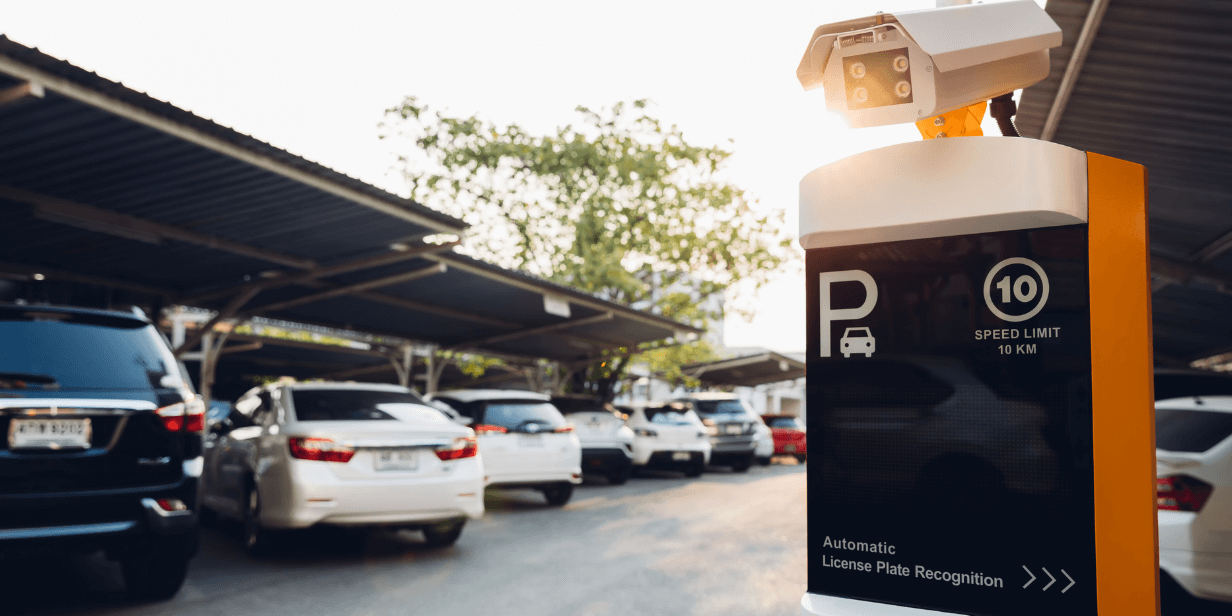
Car park automatic entry system. Source: Canva
1) Allowing Approved Vehicles To Access Parking Lots & Garages
The ANPR technology is a boon for access control in parking lots, car parks, and garages. Reading number plates can allow approved vehicles to move quickly in and out of secured areas, which helps to improve the customer experience.
2) Tracking Specific Vehicles, Timing, Entry & Exit Points in a Secured Area
The data from ANPR can be analyzed to determine everything from the busiest parts of the day to how long any vehicle remained onsite on any particular day.
3) Automatically Collecting Tolls & Parking Fees
When ANPR data is connected to collection systems, tolls and parking fees can automatically be deducted from customer accounts without them ever needing to touch their wallets.
4) Dissuading Would-Be Criminals From Theft, Vandalism, & Illegal Dumping
Prevention of theft, vandalism, and illegal dumping can save communities millions. Strategically-placed ANPR cameras help prevent such crimes by being able to monitor hotspots 24/7 in ways that security personnel and law enforcement cannot.
Who Benefits the Most from ANPR? (aka, “What’s In It for Me?”)
If you don’t interact with vehicles in your area of responsibility, ANPR probably can’t help you. But if you oversee any of the following, ANPR can be a considerable time (and budget) saver:
- Law enforcement.
- Community managers responsible for securing public spaces like parks and government complexes.
- Teams who secure restricted areas like offices, manufacturing and production plants.
- Construction site security teams.
- Security personnel who oversee private gated communities.
- Parking lot managers.
- Toll operators.
- Secure public works facilities like utilities, water treatment plants, and government offices.
- Cities, municipalities, and other government agencies looking to decrease vandalism and illegal dumping while increasing revenue.
Does ANPR work everywhere?
The leading ANPR providers serve nearly 100 countries. Within some countries, there are hundreds of different number plates. Each of the 50 US states has one official and multiple other number plate designs, for instance. Because the number plates in each country are different, the ANPR technology for each region must be built specifically for that area. ANPR for Australia has slightly different needs than that of Thailand, for example.
Is ANPR software as good as it’s going to get?
No, it’s not! The remarkable feature of ANPR software is that it’s continually evolving, driven by the power of AI which has the capacity to keep learning and improving. A key indicator of an ANPR vendor’s commitment to accuracy is how frequently they update and iterate on their AI technology.
While achieving 95% or higher accuracy is commendable in many contexts, it’s important to remember that this still leaves room for a 5% margin of error. In situations where security and safety are paramount, striving for 100% accuracy should be the ultimate goal for every ANPR vendor. However, not all vendors share this aspiration.
When seeking an ANPR solution, look for vendors that demonstrate a relentless pursuit of accuracy improvements over time.
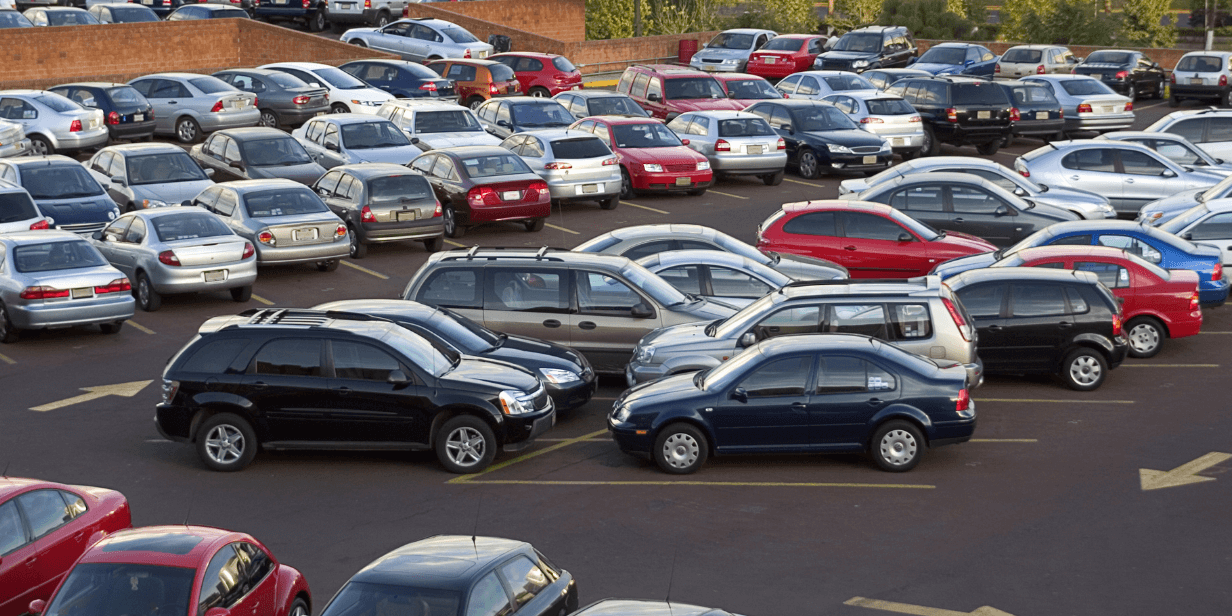
Crowded parking lot. Source: Canva
A good ANPR software can capture vehicles at very fast speeds. Source: Pixabay.
The Conclusion
In the rapidly evolving landscape of technology and security, ANPR plays an integral role in enhancing security, streamlining traffic management, and optimizing various aspects of our daily lives.
The purpose of ANPR technology is not just to recognize numbers and letters on license plates. Its real purpose is centered on making our world safer, more efficient, and smarter. So, whether you’re a business owner looking to optimize parking or a law enforcement agency enhancing security, ANPR is a valuable tool that keeps getting better with time.
If you’d like to try out PlateRecognizer’s ANPR technology, we encourage you to do a FREE test drive by signing up for an account today.



